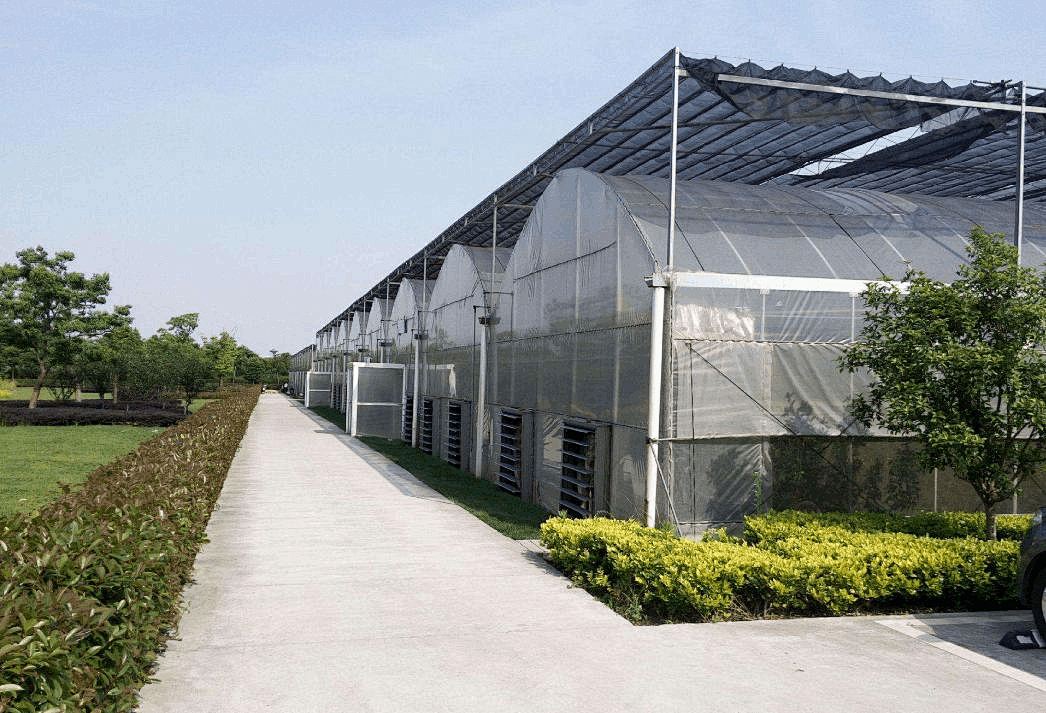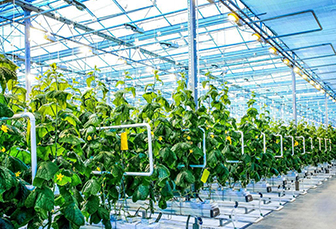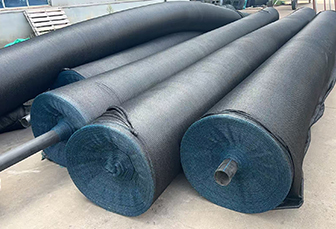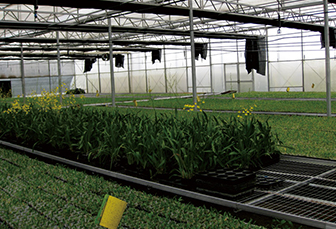Shade nets are essential agricultural accessories, directly impacting growers' production and labor costs. With varying quality in the market, how can you distinguish superior shade nets?
Three Hallmarks of Premium Shade Nets
Whether flat-knit or warp-knit, a good shade net must meet these criteria:
High tensile strength
Optimal shading performance
Long service life
Common Purchasing Mistakes
Myth: "Buying by weight ensures authenticity."
Reality: Like comparing copper to iron, weight ≠ quality.
Recycled-material nets may feel heavy but offer poor UV blocking and durability.
Virgin-material nets are lighter yet provide better shading (+30% efficiency) and last 2-3x longer.
Quality Identification Guide
1. Visual Inspection
Virgin material: Glossy black surface with uniform fiber spread (reflects sunlight evenly).
Recycled material: Dull gray/black, folded fibers (resembles withered leaves).
2. Tactile Test
Premium nets: Smooth, elastic texture; hard to break when stretched.
Low-grade nets: Rough, stiff feel with audible friction noise.
3. Smell Check
Recycled nets: Pungent "fishy" or chemical odor upon unpacking.
Virgin nets: Neutral plastic scent.
Special Note on "Lucky Bargains"
Some recycled nets may perform well temporarily, but consistency is unreliable—similar to scrap metal yards mixing steel plates with iron debris. Without UV/weather resistance guarantees, long-term performance is unpredictable.
Pro Tip: Always request material certifications (e.g., *UV4000-hour test reports*) for reliability.





